── .✦ EXPERIMENT 1 ✦.──
VISUALISING SOUND
THROUGH VIBRATION
OBJECTIVE
Initially, it all started from my interest in music, where I questioned myself are we able to see sounds? If so, how can we link our senses? From hearing to sight, audio to visuals.
That was when I came across cymascopes and chladni patterns. Chladni plates are a way to observe the effects and distinct vibrational patterns of different frequencies — thus enabling us to “see” sound, just like my goal.
Since we're at the experimental stage now, I decided to attempt making a simple DIY cymascope using materials I can find at home and gradually improve from there if it ended up working out.
The 3 Methods to Visualise Vibration:
- ✶ Salt on Black Paper
- ✶ Ink Splatters
- ✶ Water Ripples
Making a cymascope using salt on black paper placed on top of an aluminium sheet above a bass speaker.
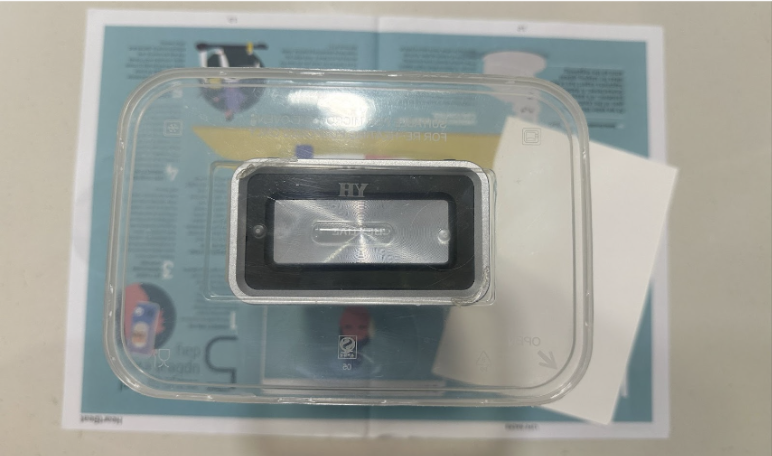
first set-up 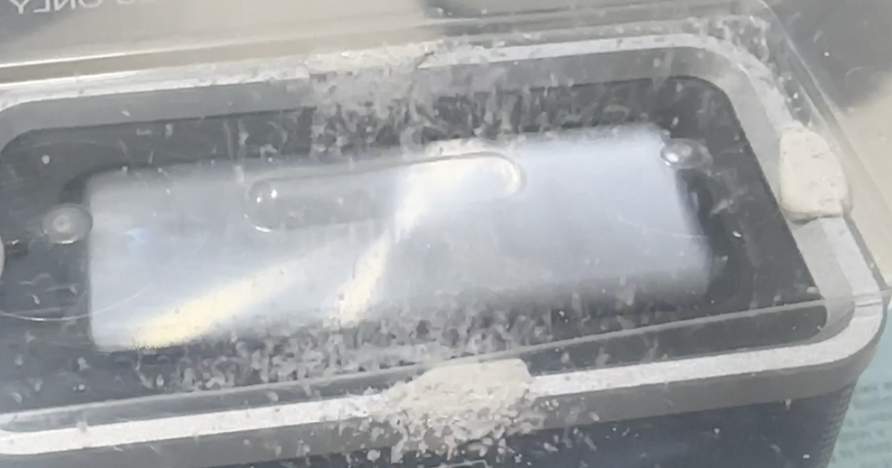
salt reacts to the bass 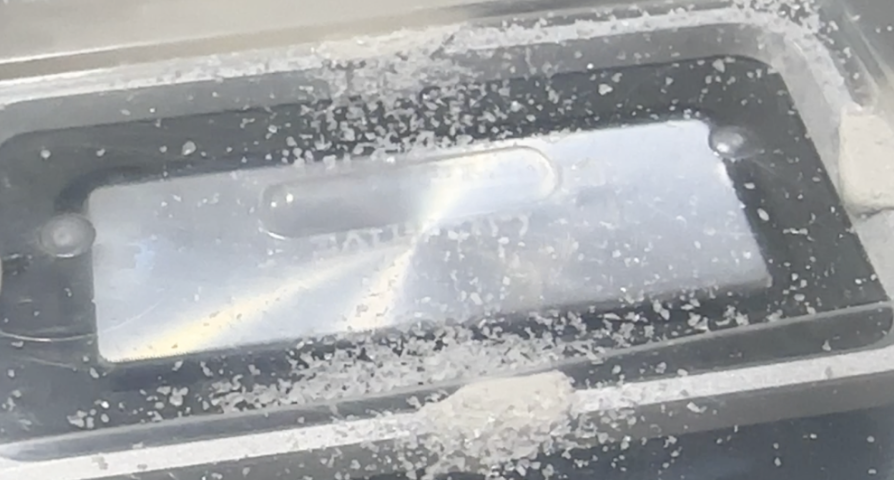
but that's it...
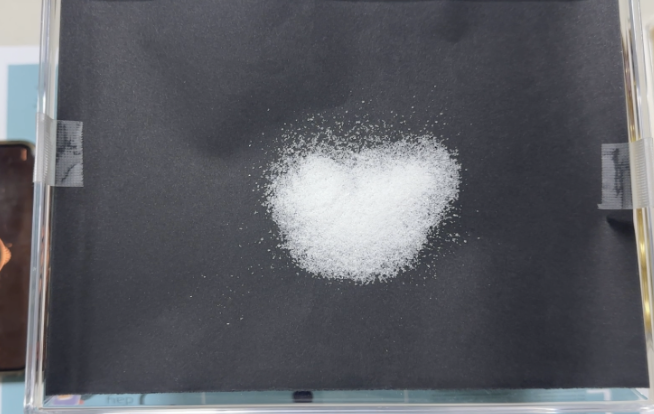
made a larger tray 
salt is barely even moving... 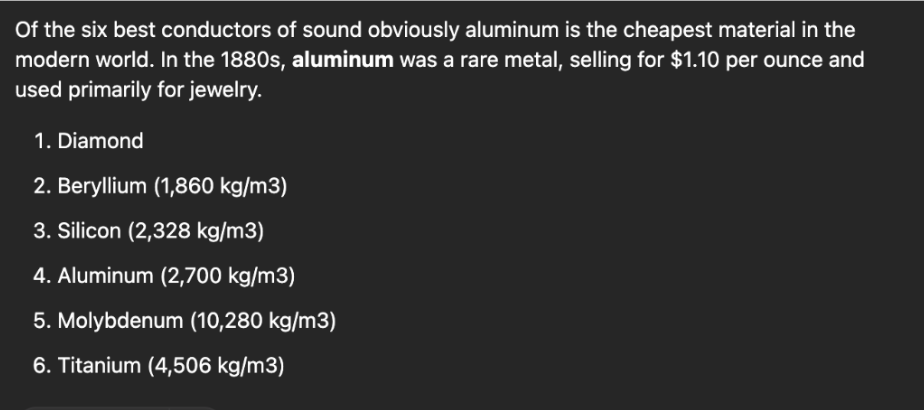
found out silver is a good conductor of sound
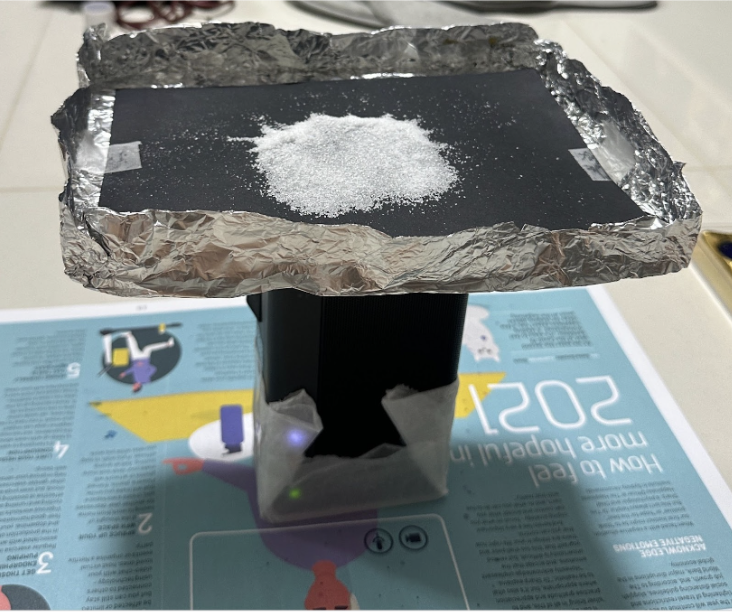
made an aluminium foil tray and placing underneath the black paper as it's a good conductor of sound 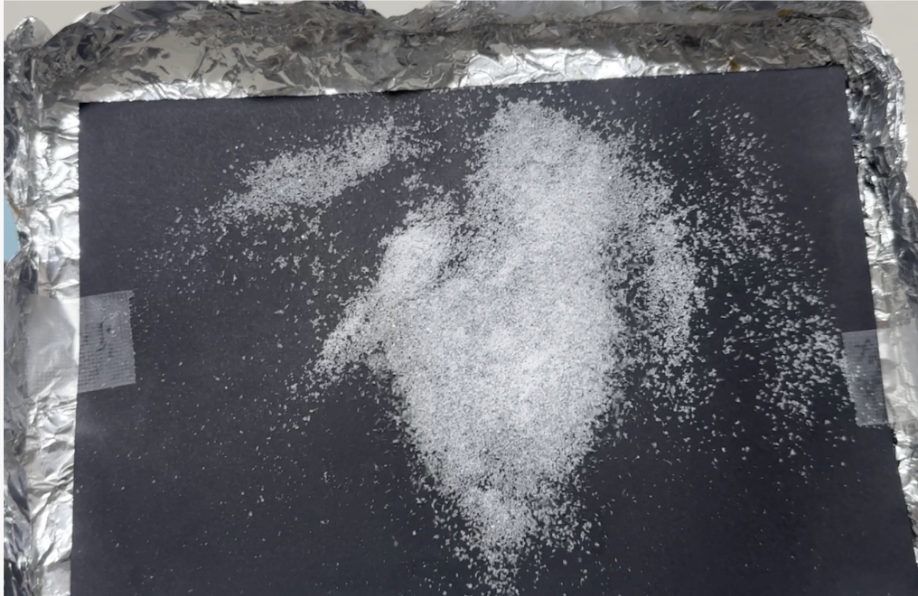
finally seeing the salt forming movements and creating patterns, reacting to vibrations from sound!! 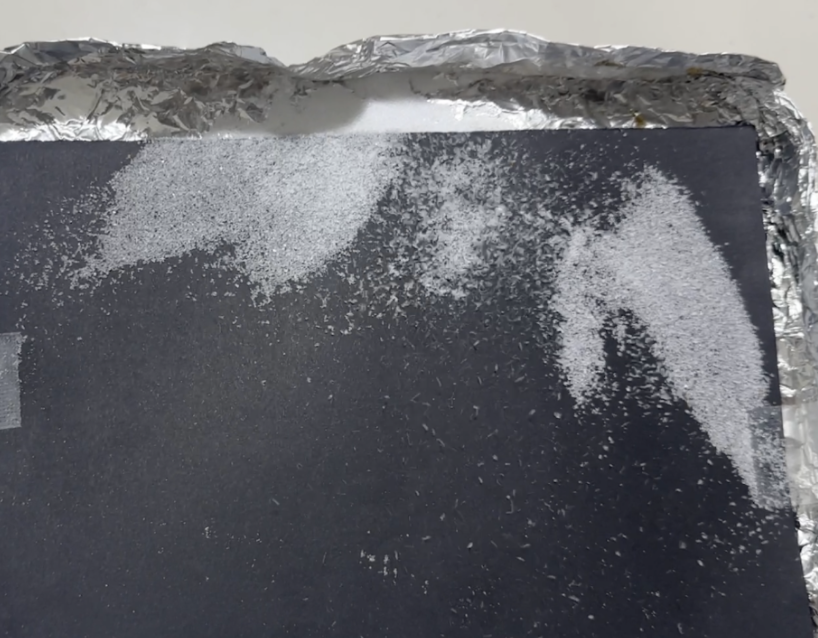
but somehow... it kept moving to the side and seeping underneath the black paper (used for contrast) 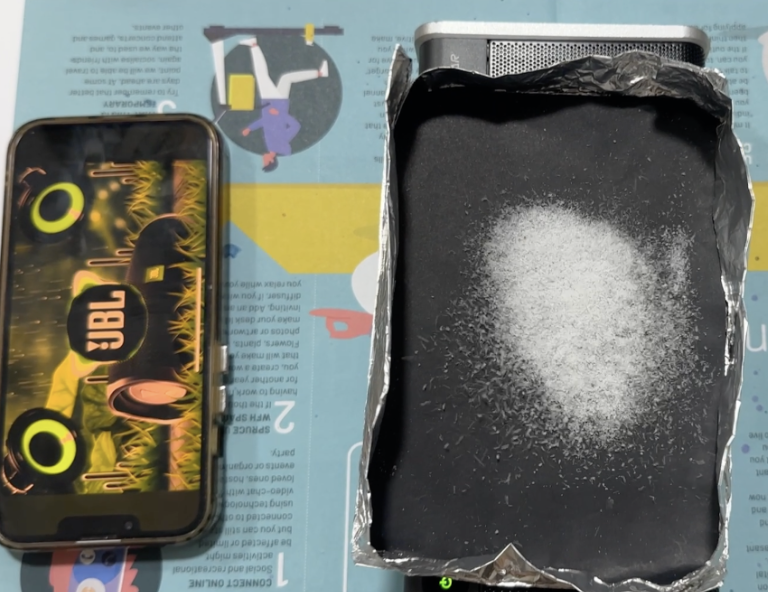
so, I made a smaller tray to prevent the salt from moving too much in hopes it will continue staying above. 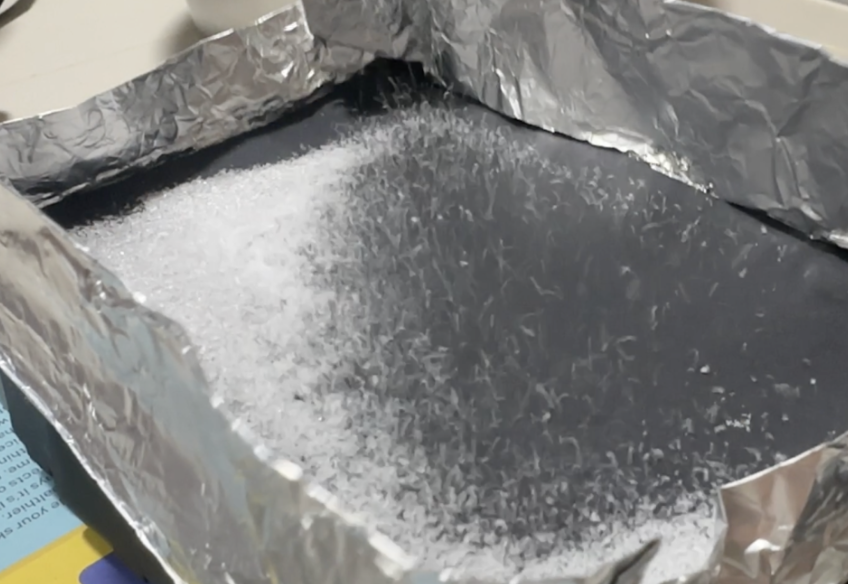
the salt jumped super high! After awhile, it gets a little boring so I added peppercorn to see the difference
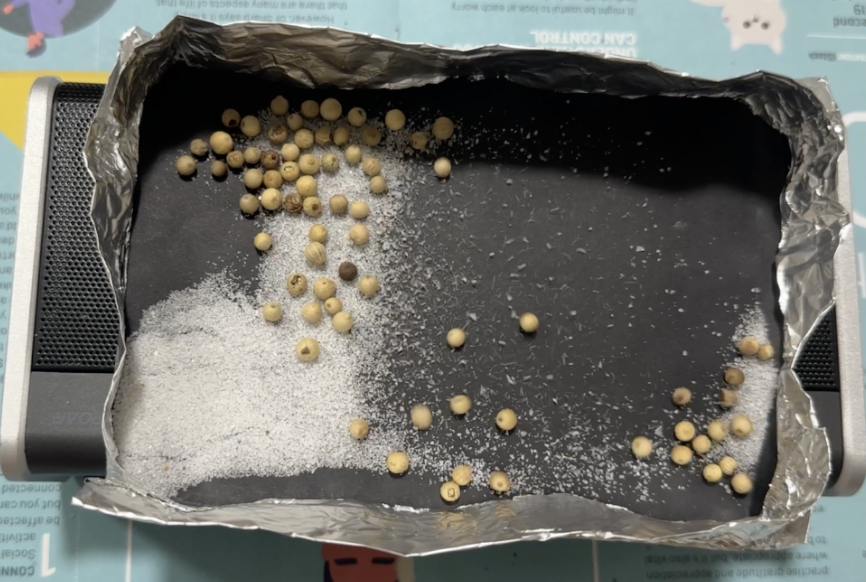
(variation & weight difference)
The elements don't disappear anymore but still very little patterns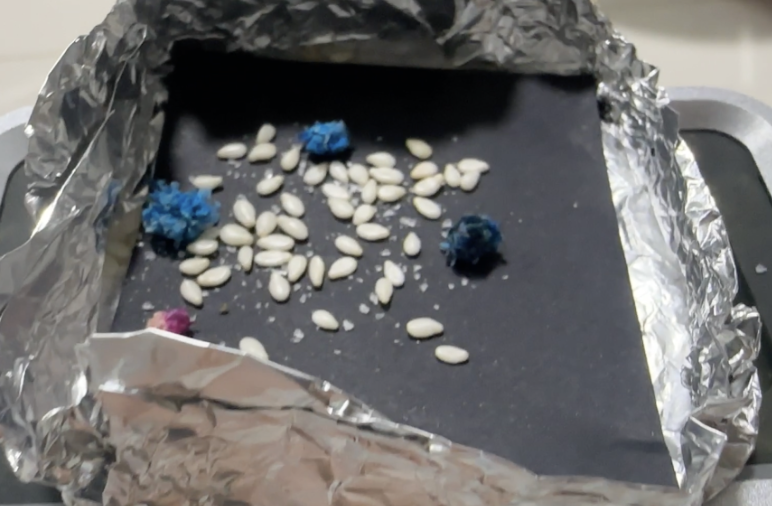
Made an even smaller tray to see if elements will react better & stay in the middle. 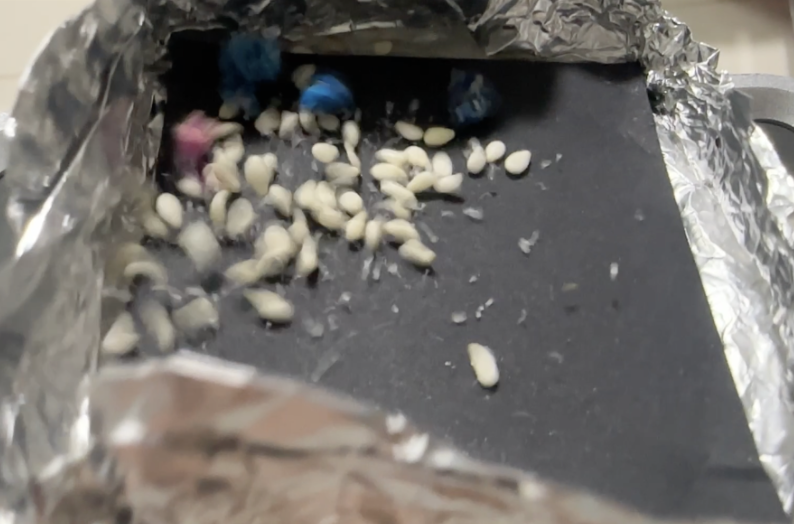
Adding other random elements of different weights like sesame seeds and dried flowers. 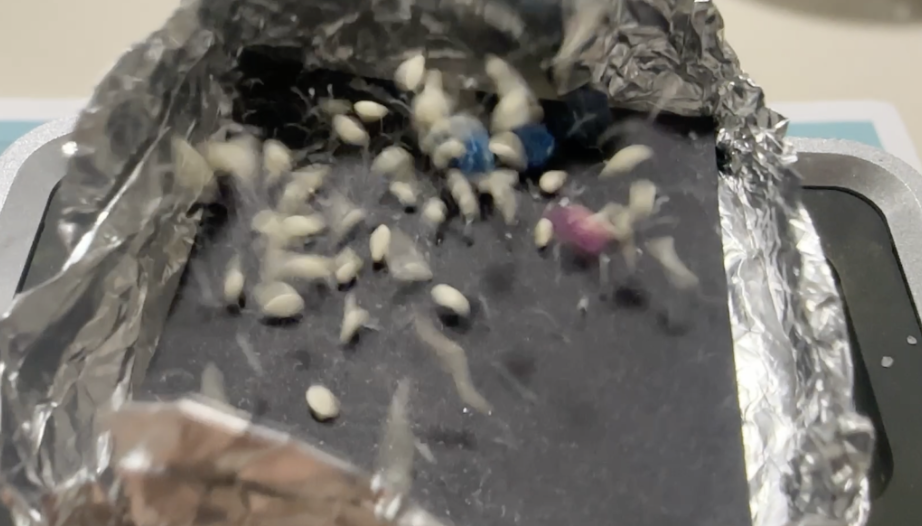
I was shocked at how high it jumped.. It was quite funny and entertaining to watch.
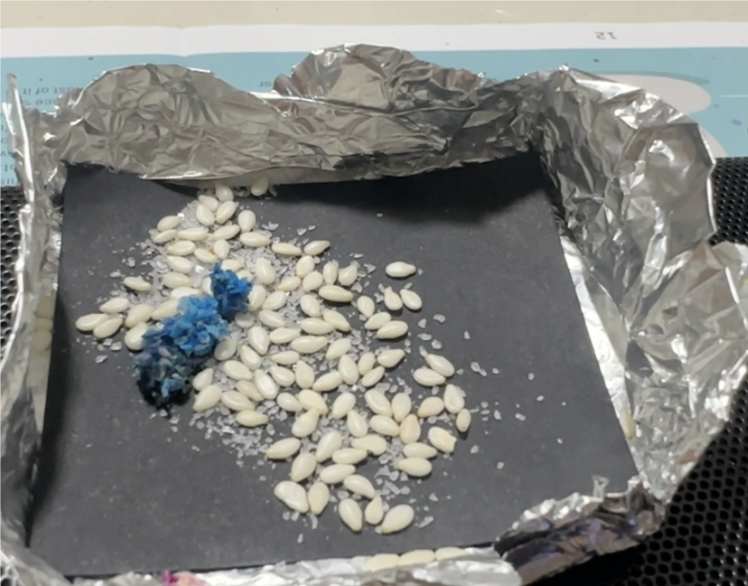
This time round, I placed the smaller aluminium tray on the speaker instead of the speaker’s bass to see if there’s any difference in how the salt, sesame seeds and flowers react. 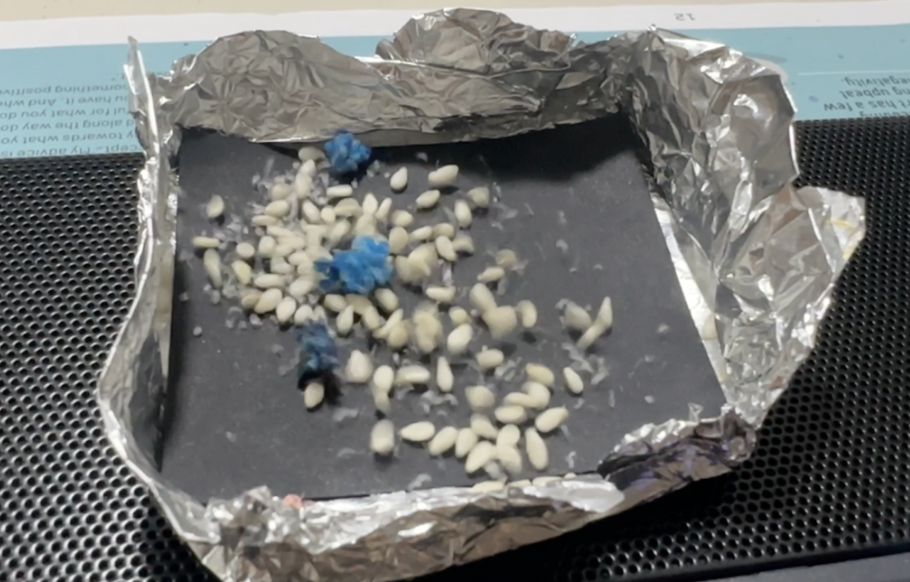
It reacts less violently compared to placing it directly on the speaker’s bass as the elements did not jump out of the tray here, and they would mostly move around in the middle. 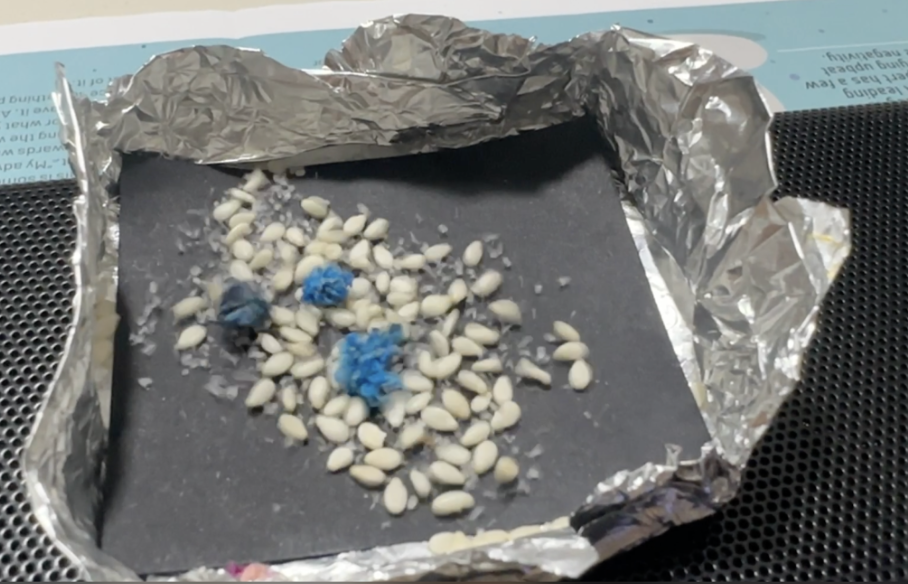
But I was met with the same problem, - the results are not very interesting. They only react to the intensity of the bass by how high they jump, the level of vibration from left to right.
-
1B ꕀ Ink
- How ink responds to various music genres with differing vibration levels, creating an abstract artwork driven by sound.
-
1C ꕀ Water
- Observing how water reacts to different sound vibration environment.